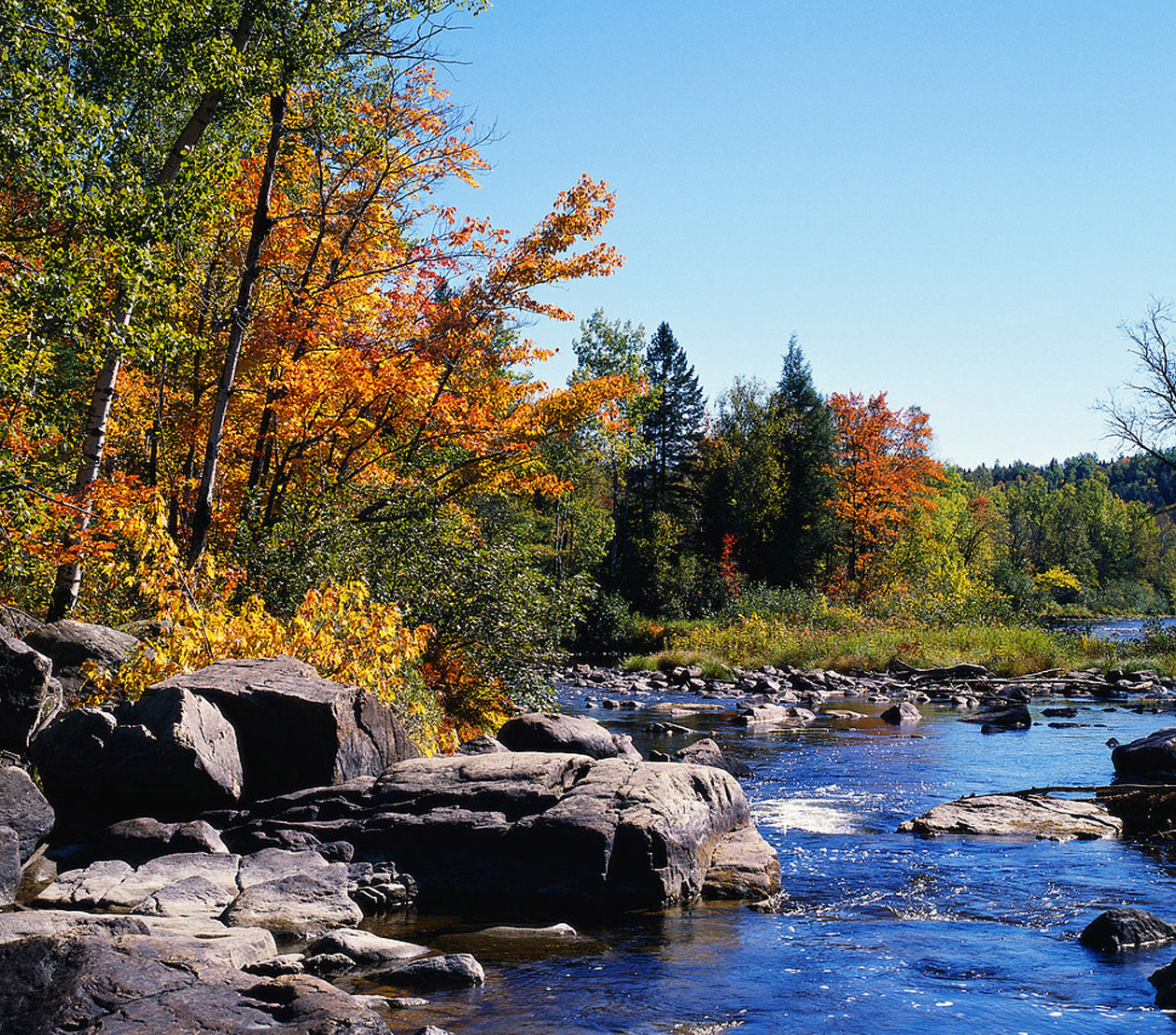


While most skin problems occur in all ethnic groups, there are some skin conditions that occur more often in dark or black skin -- or when they do occur, are more difficult to treat. In other instances they may simply be more visible, causing them to seem more severe. Fortunately, in nearly all instances, an early diagnosis -- and early treatment -- level the playing field, increasing the recovery odds and reducing severity. Here are the most important dark skin conditions and their solutions.

Keeping Your Skin HealthyYour skin is the largest organ of your body and plays an important role in protecting it. It holds body fluids in, prevents dehydration, and keeps harmful germs out. |
Dark Skin That's Dry and Ashy
Any skin type or color can become dry and flaky. But when it occurs in black skin, the complexion takes on a gray, ashy appearance. This can be particularly frustrating for black women since makeup used to conceal the problem may further dry the skin and increase ashiness.
The solution is relatively simple: Frequent use of moisturizers. An over-the-counter product may be all that's needed.
Postinflammatory Hyperpigmentation in Dark Skin
The major symptom of postinflammatory hyperpigmentation is a darkening of the skin that occurs after it has been injured. A cut, scrape, burn, or even lesions that occur from acne or eczema can set the stage for hyperpigmentation to occur.
While the dark spots can fade over time, this is not a hard and fast rule. What can help, however, is seeking treatment early. Procedures that can help to some degree include chemical peels and skin bleaching -- all designed to lighten the darkened areas.
Dark spots can be prevented from deepening in color via diligent use of sunscreen.
Pityriasis Alba in Dark Skin
Commonly affecting black children, this skin disorder causes round, light patches with a fine, scaly texture. It can occur anywhere, though the most common sites are the face and arms. It is considered a mild form of eczema, and usually responds well to topical therapy, such as corticosteroid cream. Unlike vitiligo, the color change is temporary and disappears after treatment.



